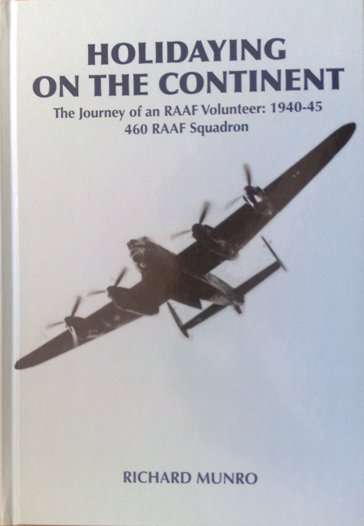Description
Title: Hughie Edwards – VC DSO DFC The Fortunate Airman
Author: Hoyle, Arthur
Condition: Near Mint
Edition: 2nd Edition
Publication Date: 2000
ISBN: 0957768109
Cover: Hard Cover without Dust Jacket – 211 pages
Comments: The fascinating story of one of the RAAF’s most decorated airmen – Hughie Edwards – VC DSO DFC . .
Air Commodore Sir Hughie Idwal Edwards VC, KCMG, CB, DSO, OBE, DFC (1 August 1914 – 5 August 1982) was a senior officer in the Royal Air Force, Governor of Western Australia, and an Australian recipient of the Victoria Cross, the highest decoration for gallantry “in the face of the enemy” that can be awarded to members of the British and Commonwealth armed forces. Serving as a bomber pilot in the Royal Air Force, Edwards was decorated with the Victoria Cross in 1941 for his efforts in leading a bombing raid against the port of Bremen, one of the most heavily-defended towns in Germany. He became the most highly-decorated Australian serviceman of the Second World War.
Born in Fremantle, Western Australia, Edwards joined the Royal Australian Air Force in 1935, and a year later was granted a short service commission with the Royal Air Force. Serving with the RAF throughout the Second World War, he gained a permanent commission and continued his career in the RAF after the war; he retired in 1963 with the rank of Air Commodore. Returning to Australia, he was made Governor of Western Australia in 1974.
His Victoria Cross citation:
“Wing Commander Edwards, although handicapped by a physical disability resulting from a flying accident, has repeatedly displayed gallantry of the highest order in pressing home bombing attacks from very low heights against strongly defended objectives.
On 4th July, 1941, he led an important attack on the Port of Bremen, one of the most heavily defended towns in Germany. This attack had to be made in daylight and there were no clouds to afford concealment. During the approach to the German coast several enemy ships were sighted and Wing Commander Edwards knew that his aircraft would be reported and that the defences would be in a state of readiness. Undaunted by this misfortune he brought his formation 50 miles overland to the target, flying at a height of little more than 50 feet, passing under high-tension cables, carrying away telegraph wires and finally passing through a formidable balloon barrage. On reaching Bremen he was met with a hail of fire, all his aircraft being hit and four of them being destroyed.
Nevertheless he made a most successful attack, and then with the greatest skill and coolness withdrew the surviving aircraft without further loss.
Throughout the execution of this operation which he had planned personally with full knowledge of the risks entailed, Wing Commander Edwards displayed the highest possible standard of gallantry and determination.”



